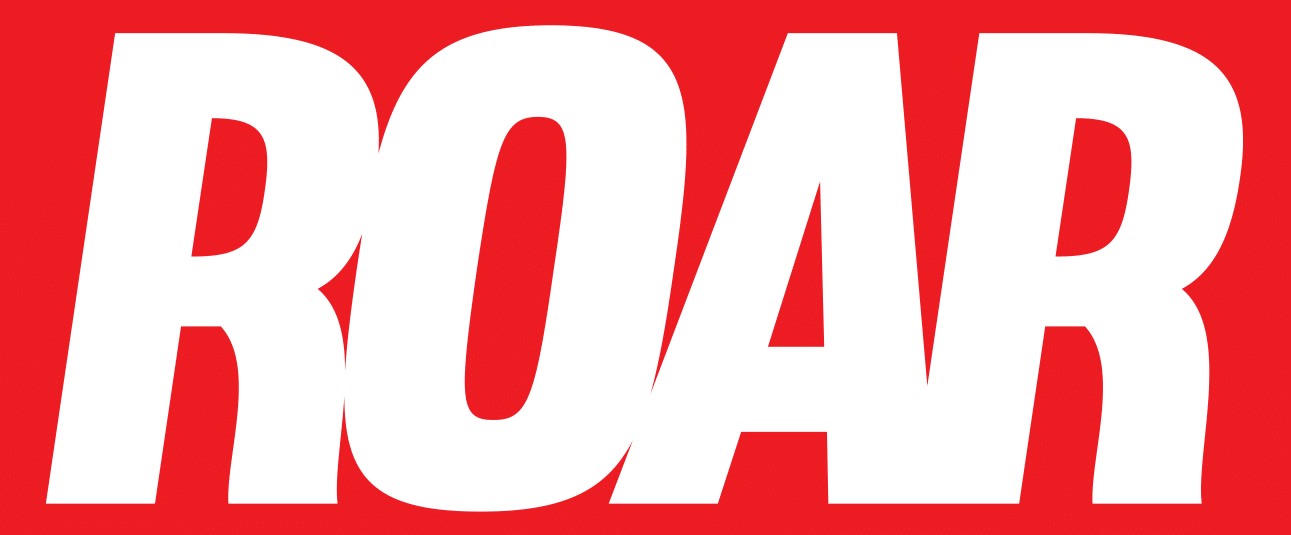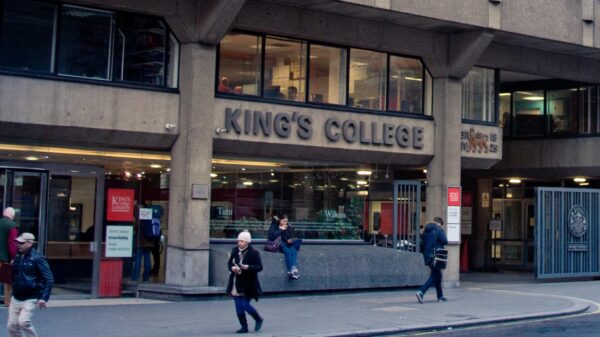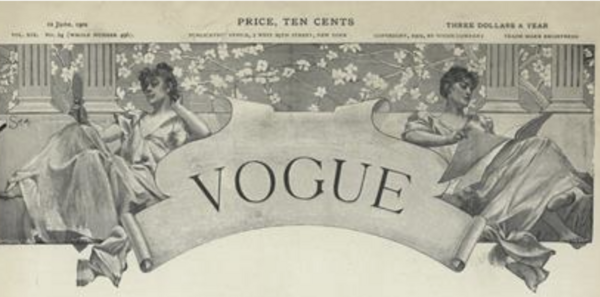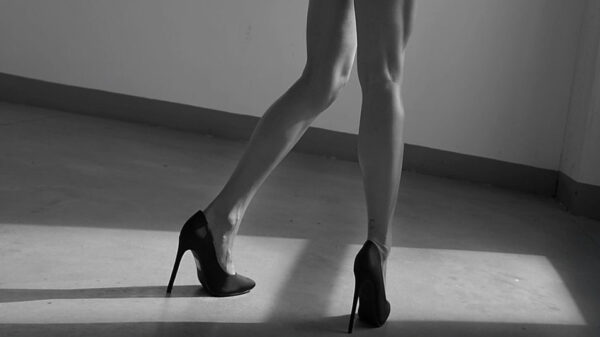Media Editor Kiren Graziano looks at the resurgence of 90s fashion trends and warns us against following them too closely.
When thinking about the influence the fashion industry has, many minds jump to Meryl Streep’s cerulean sweater monologue in “The Devil Wears Prada”, arguing that every clothing decision can be traced back to high fashion. While this may be the first thing that comes to mind, the fashion industry influences far more than just clothing choice. Most notably, it influences our beauty standards. The fashion industry has the power to say what’s in and what’s out. Unfortunately, this power has been applied to body types in the past.
The 90s fashion scene brought about an array of styles from grungy looks to slip dresses, but it also sparked the “heroin chic” trend. This, unlike mini skirts or platform heels, was a trend in body type. It put emphasis on emaciated features, dark under-eye circles, and pale skin. Alongside the idealisation of the waif body type in the 90s, this resulted in an unhealthy and unattainable beauty standard for women and young girls.
One of the era’s most famous supermodels, Kate Moss, became the poster child of this “heroin chic” trend. She was photographed embodying this look and was glamorised for it. Moss and malnutrition were set as the beauty standard.
Much like everything else in fashion, this trend lasted about 20 years. Moss’s supermodel status stayed put, and the idealisation of unhealthy body types remained pervasive. Even I remember waiting in the checkout line at shops and seeing every magazine have a waif model and diet tips on the front page. It was a time that praised and encouraged unhealthy eating patterns, studies have shown that there was around a 5% increase in those diagnosed with eating disorders from 2000-2009 in the United Kingdom alone. The prevalence of “heroin chic” models in the fashion industry no doubt played a part in this statistic.
This toxic culture came to a head in 2009 with a famous statement from Moss, “nothing tastes as good as skinny feels”. This perfectly exemplified the attitude at the time – physical health was the last priority to a fashion industry that was profiting off of looking unhealthy. Kate Moss has since renounced this statement, but it’s too late to undo the damage done to a generation of girls. After this remark made the media rounds, the “heroin chic” trend seemed to fade. Moss’s mantra made people realise how dangerous diet culture was becoming.
As the 2010s rolled around, focus shifted more towards celebrities like the Kardashians. In stark contrast to the beauty standards of the previous 20 years, the Kardashians were praised for their curvy figures. While still an unattainable shape, this trend in body type promoted less unhealthy habits in girls.
Social media in the 2010s gave influencers the platform they desperately needed to take the body positivity movement from underground to mainstream. While it didn’t happen overnight, the movement grew larger from 2010 on – finally exploding in 2014. That year, we saw Lena Dunham take over “Stylist” magazine and direct a shoot using plus size models and Meghan Trainor’s “All About that Bass”, a song encouraging self-love regardless of size, charting at number 1. The trend in body type had fully shifted from “heroin chic” to self-love. After this landmark year for body positivity, the fashion industry started to take notice of the movement.
In 2016, Ashley Graham was the first plus size model to be on the cover of “Sports Illustrated”, sparking lots of discussion. This was a huge step in the right direction for inclusivity. Graham can also be credited as the first plus size model to appear on the covers of both British and American “Vogue” in 2017. Fashion shows such as “Project Runway” began using plus size models at this time as well.
The inclusion of plus size models in the media of the fashion industry was a high for the body positivity movement. However, there has not been much movement since. The major fashion houses didn’t start including plus size models until around 2019, and now there has been talk of a shift back to the dangerous body trends of the past.
In early November of this year, the “New York Post” published an article called “Bye Bye Booty: Heroin Chic is Back”. Met with great backlash, this article discusses the apparent shift back towards the toxic body trend of the past. Pointing to the increased popularity of thin models like Bella Hadid and Kaia Gerber and the resurgence of mini skirts in fashion, the “New York Post” is of the opinion that “heroin chic” is making a comeback.
This is a scary thought for most women I know. After enjoying a few years of body positivity, none of us want to go back to unreasonable diets designed to achieve unreasonable standards. The beauty of fashion and media in the last few years is that they celebrated diversity in body type. A lot of different figures were not only seen, but presented as desirable. This is something people do not want to see taken away.
Rather than backtracking to an era of toxic dieting culture and unhealthy body standards, I hope that the fashion industry and media will continue the trend of inclusivity. There has been great progress in the last 10 years towards embracing all body types, but there is still work to be done. Trans models and many male body types have yet to be seen fully included in mainstream fashion. Fixing these issues could be a positive step for the industry to take instead of going back to a dangerous body trend.
My, maybe naive, hope is that the fashion industry will not begin promoting the “heroin chic” body type as something to be attained by the everyday person. This is not to say that putting a thin model in a mini skirt should be outlawed. Instead, I’m just saying that the fashion industry needs to continue reaching for inclusion, even while the clothing trends of the 90s and early 2000s begin to come back. Even though the clothing trends of the 90s are making a comeback, “heroin chic” doesn’t have to.

















